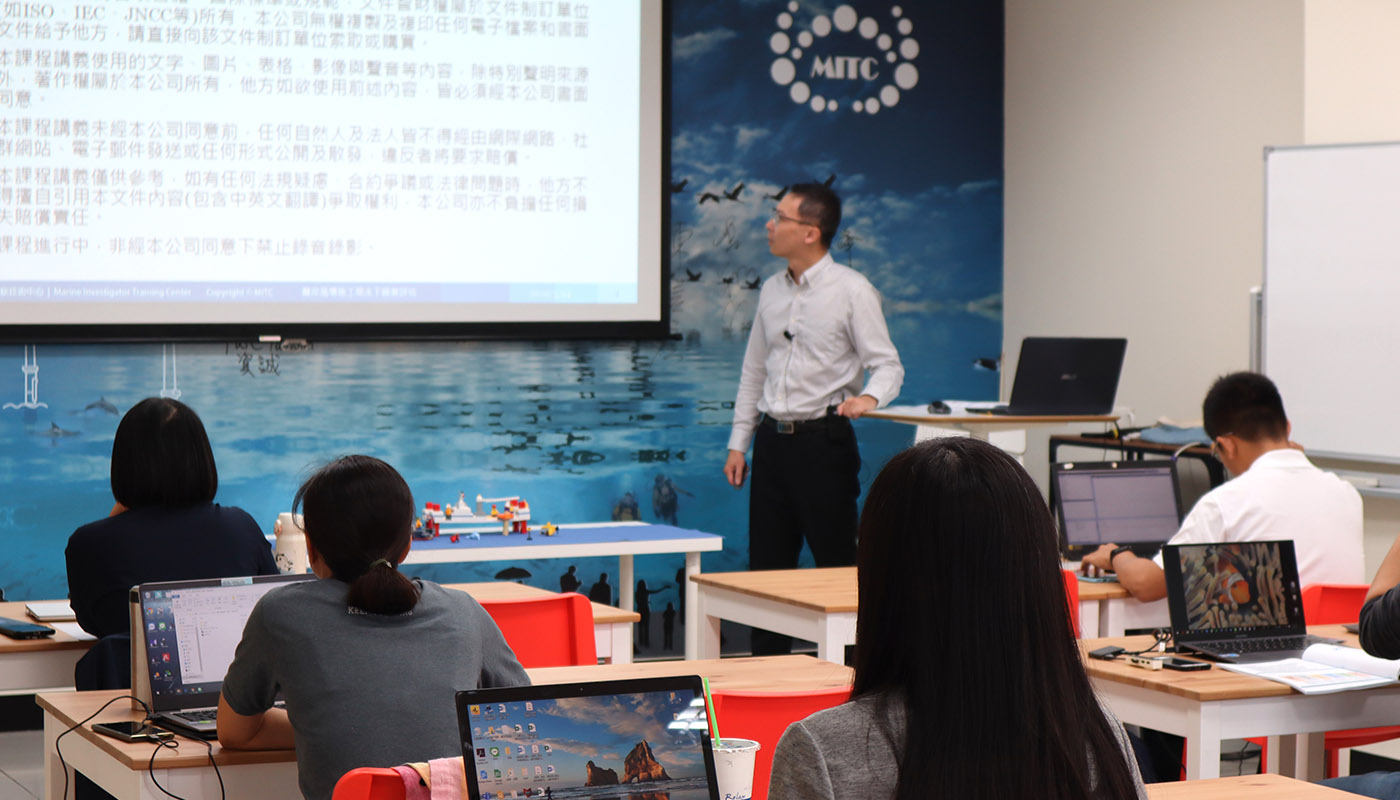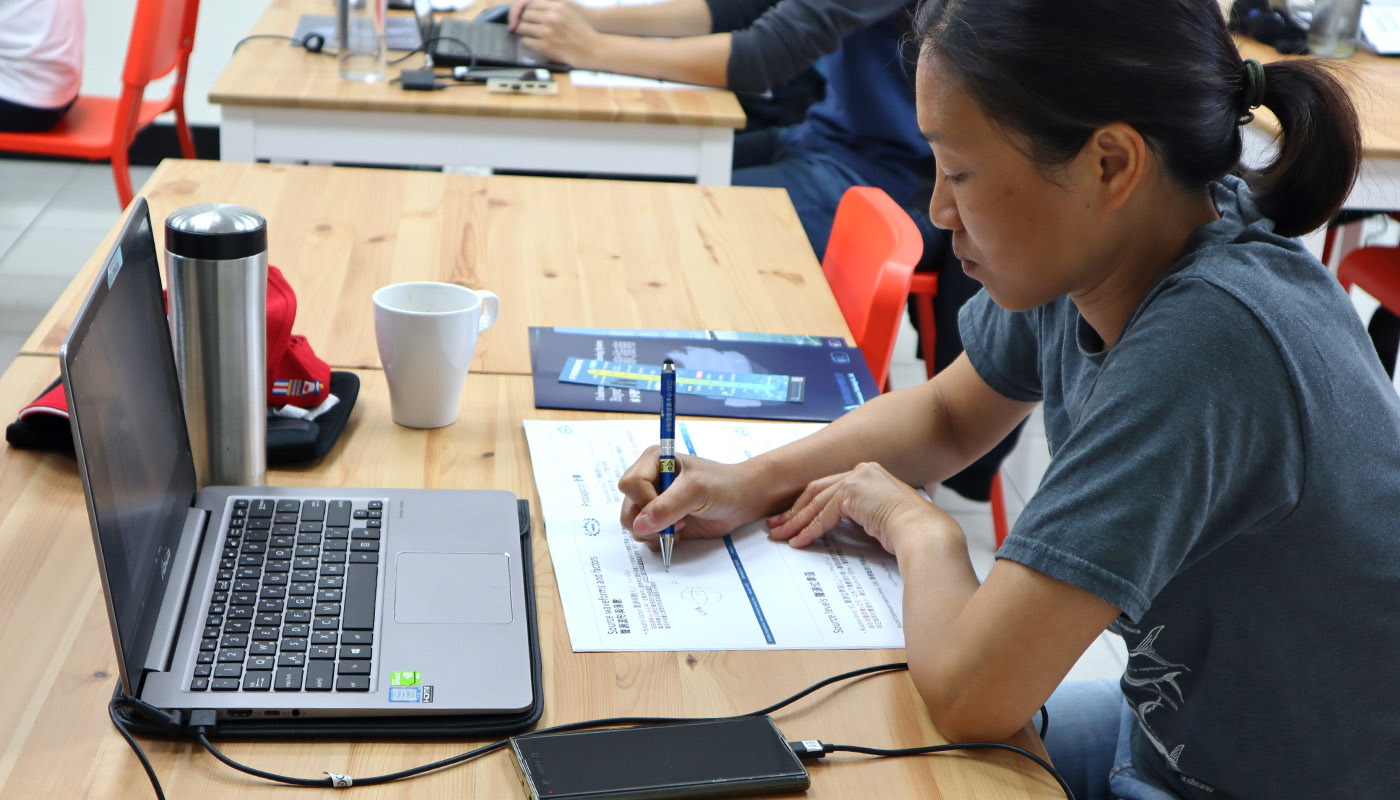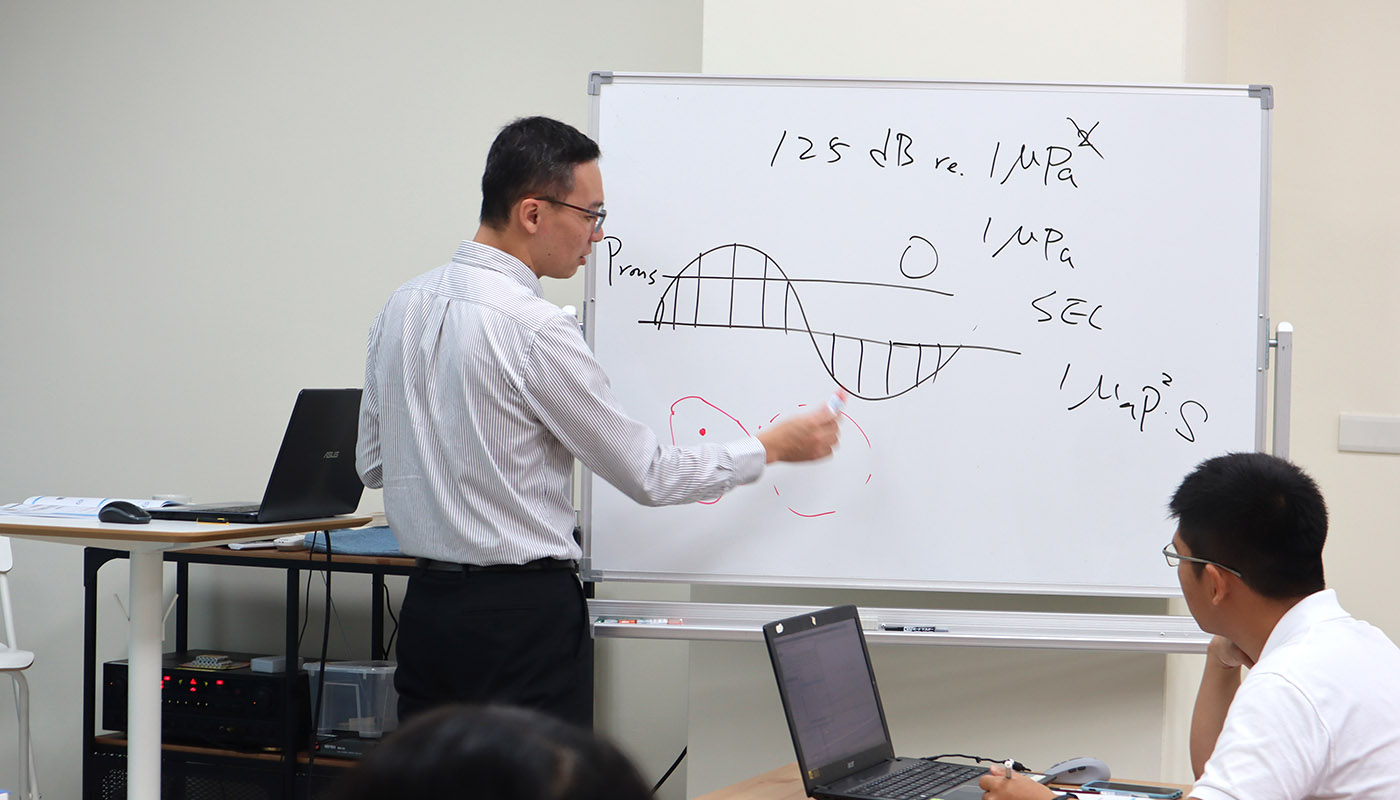Courses
Marine Investigator Training Center 
Taiwan Cetacean Observer Training Course
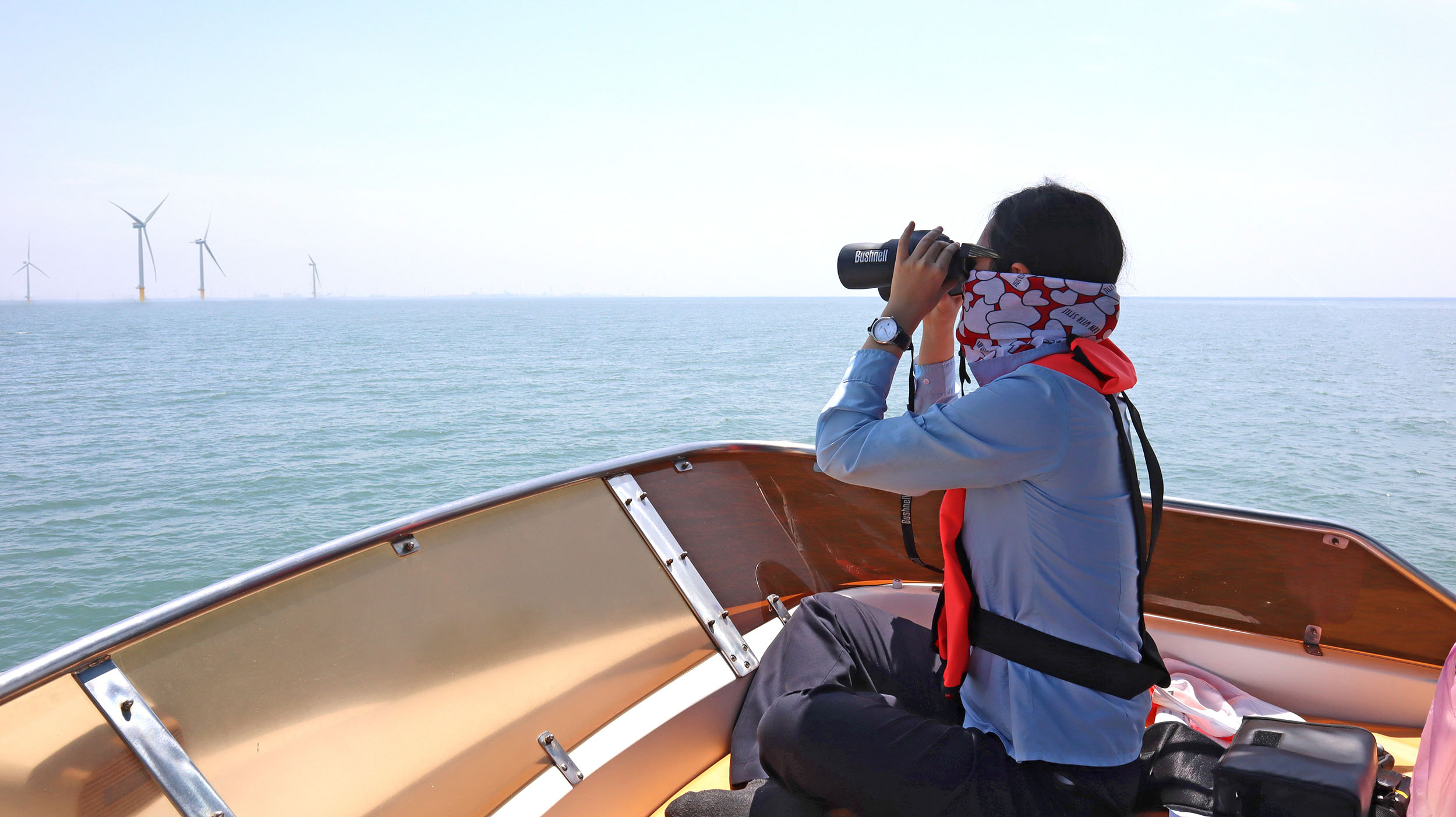
• Guideline of Taiwan Cetacean Observer
• Sighting and communication
• TCO recording forms in practice
• Range finding at sea
• Offshore practice training
Lecture materials are approved by Ocean Conservation Administration as it consists of both theory and practice training. Trainee who successfully passes the final exam can become a certificated TCO.
Agenda
| Day one | Theory Training (10 hours) | |
|---|---|---|
| 08:00 – 10:00 | Background introduction Source of Underwater Anthropogenic Sound in Sea |
|
| 10:10 – 12:00 | Impacts of Underwater Noise on Marine Animals Pile Driving and Mitigation Plan TCO Regulations in Taiwan |
|
| 13:00 – 15:00 | TCO’s Tasks and Work Content TCO’s Equipment and Observation Techniques |
|
| 15:20 – 17:20 | Cetacean Species and Characteristic in Taiwan Guideline of Taiwan Cetacean Observer |
|
| 17:40 – 18:30 | Recording Forms and Communication Requirements of Offshore Safety |
|
| 18:30 – 19:00 | Theory Test | |
| Day two | Offshore Training (8 hours) | |
| 09:00 – 10:30 | Registration Introduction of Offshore Training and Safety Transport to Port |
|
| 10:30 – 15:00 | Practice on TCO procedure TCO recording form Communication after sighting Technical practice |
|
| 15:00 – 17:00 | Transport back from Port TCO recording form and report Discussion |
Awareocean reserve all rights to change.
Photos
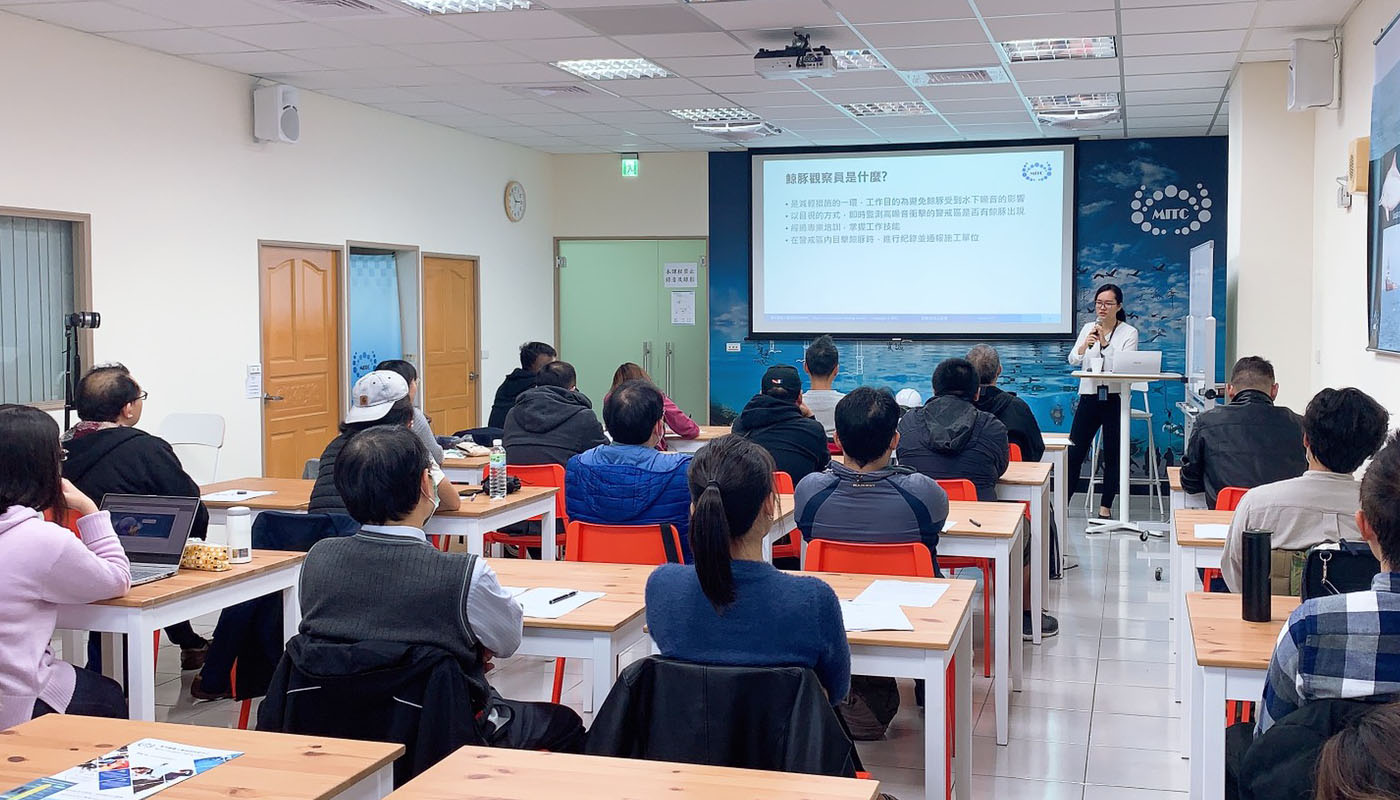
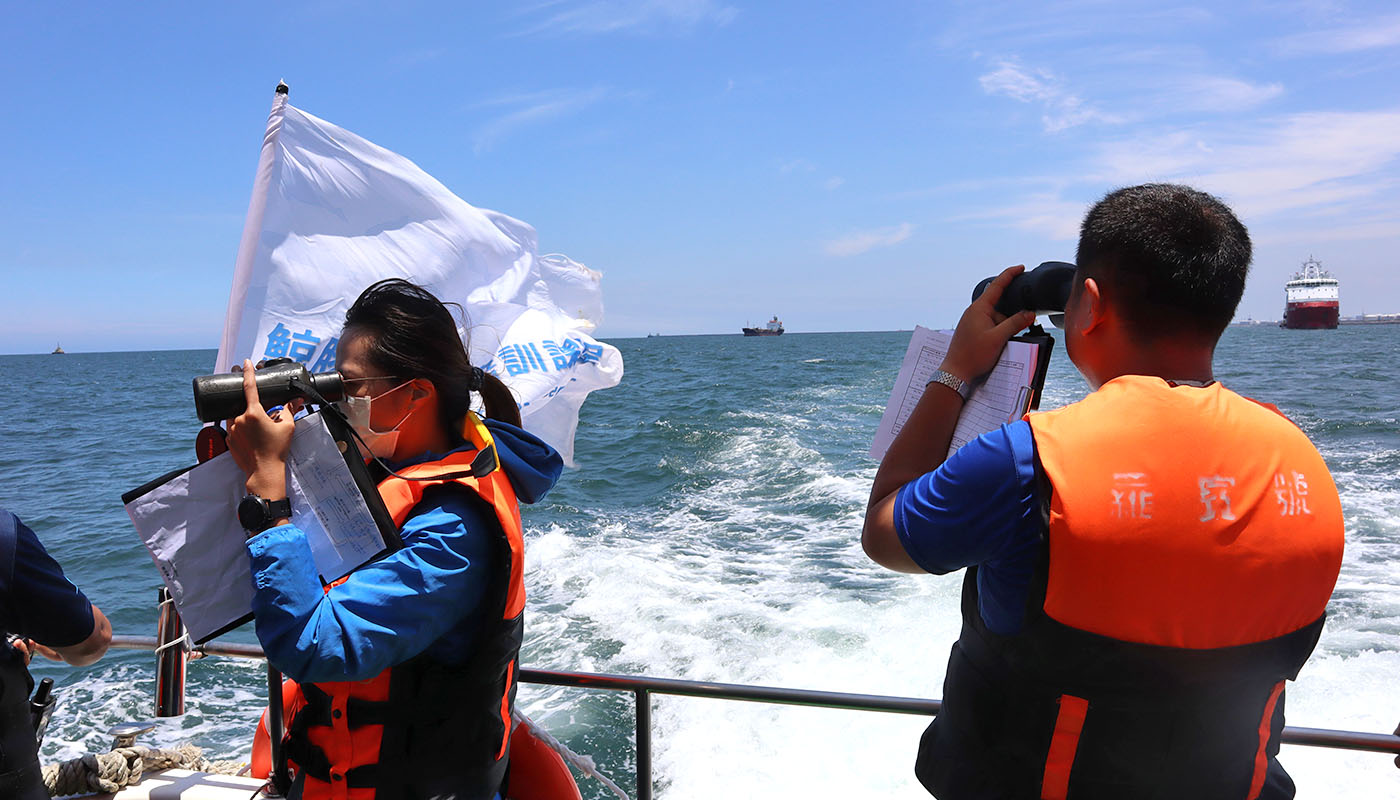
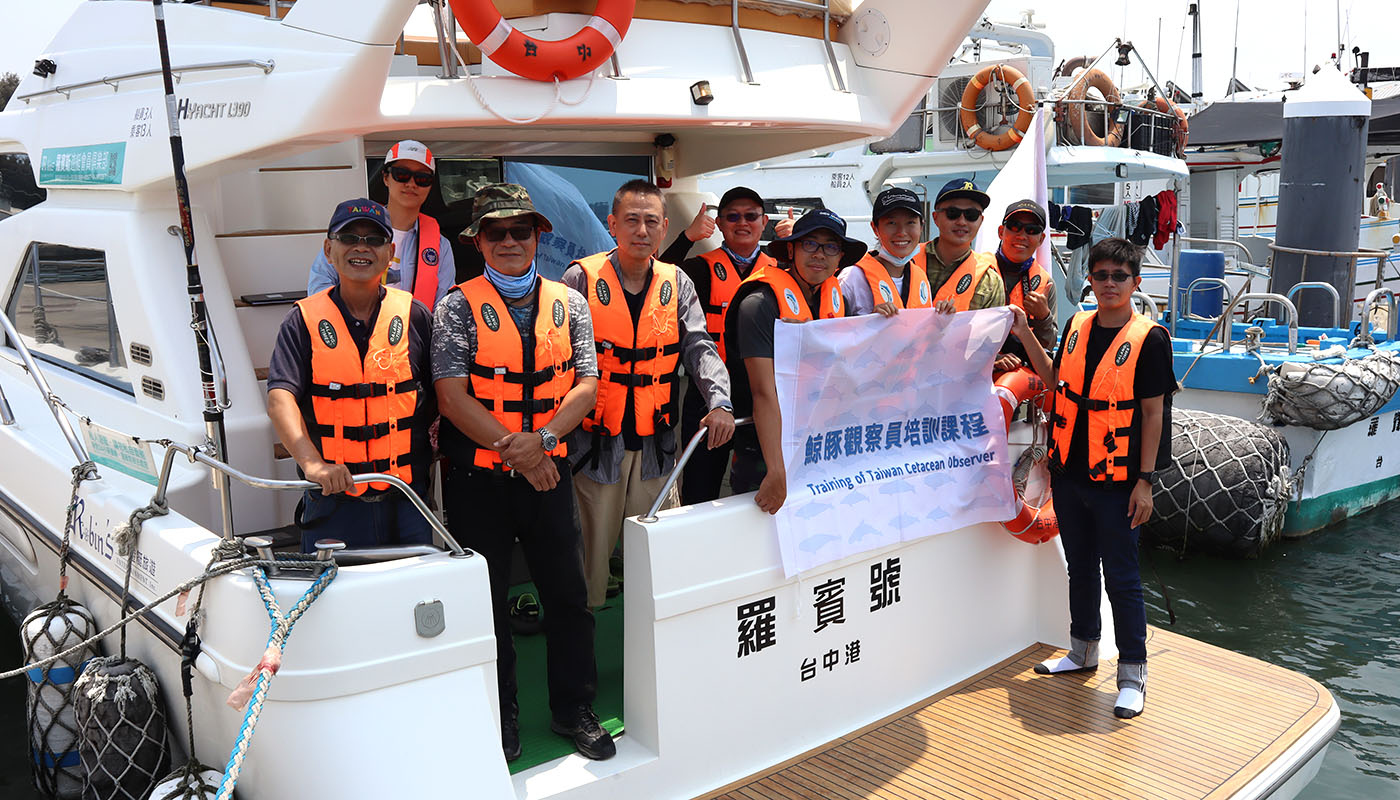
Passive Acoustic Monitoring Training Course
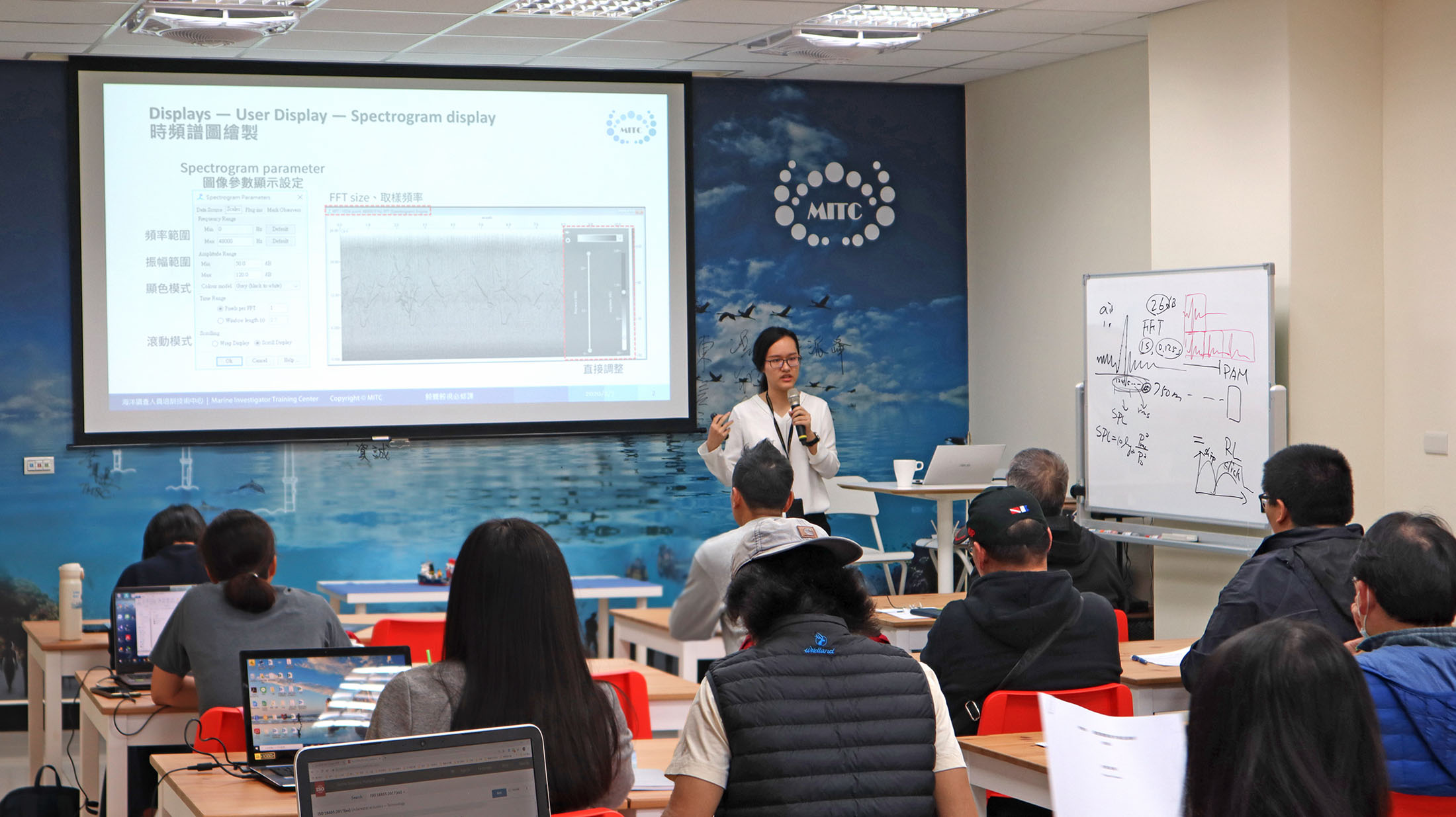
• Characteristics of cetacean sound signal
• Visual display of sound signal
• PAMGuard workshop
• Instruments operation and deployment
The course teaches passive acoustic theory and the operation of hardware and software of monitoring equipment. Trainees can become professional PAM operators and be engaged in marine ecological survey or mitigation of maritime engineering.
Photos
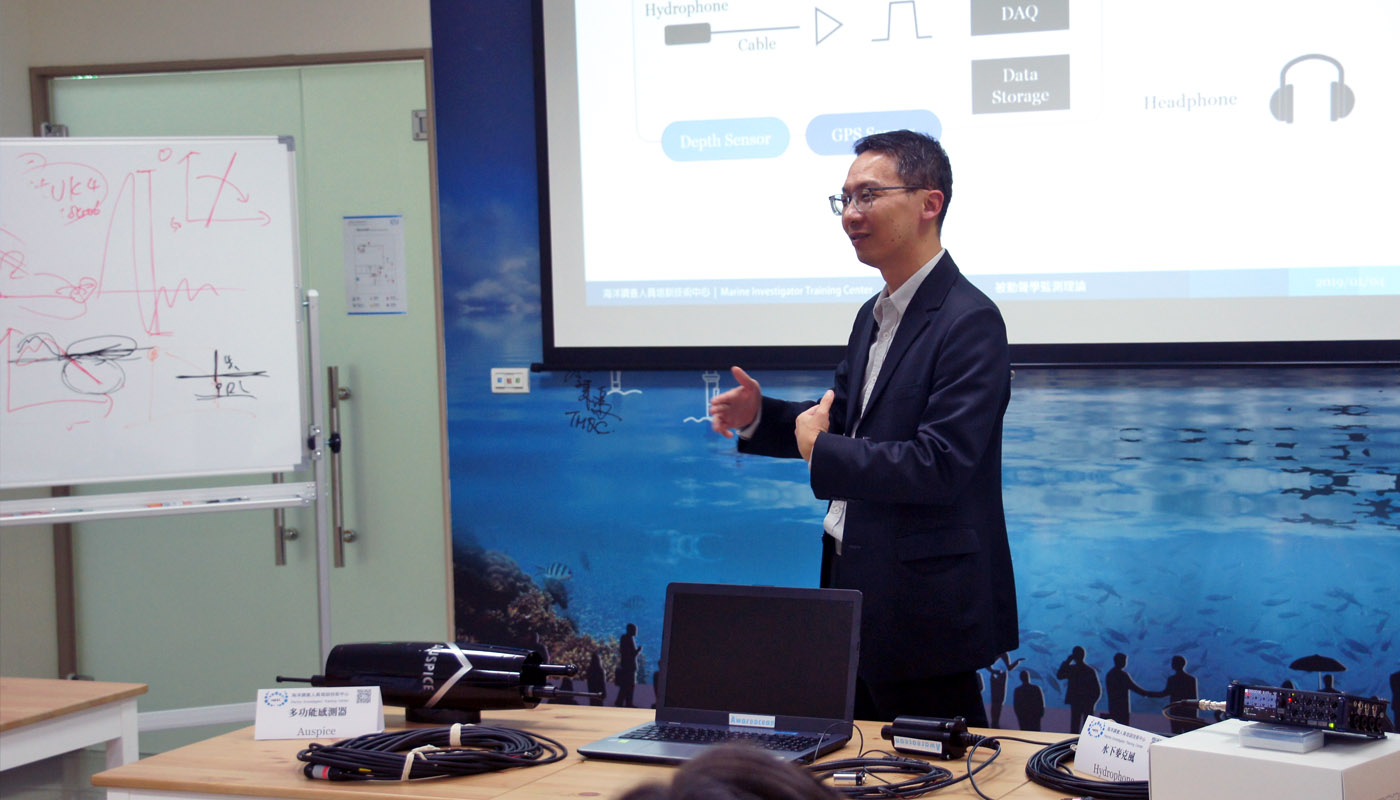
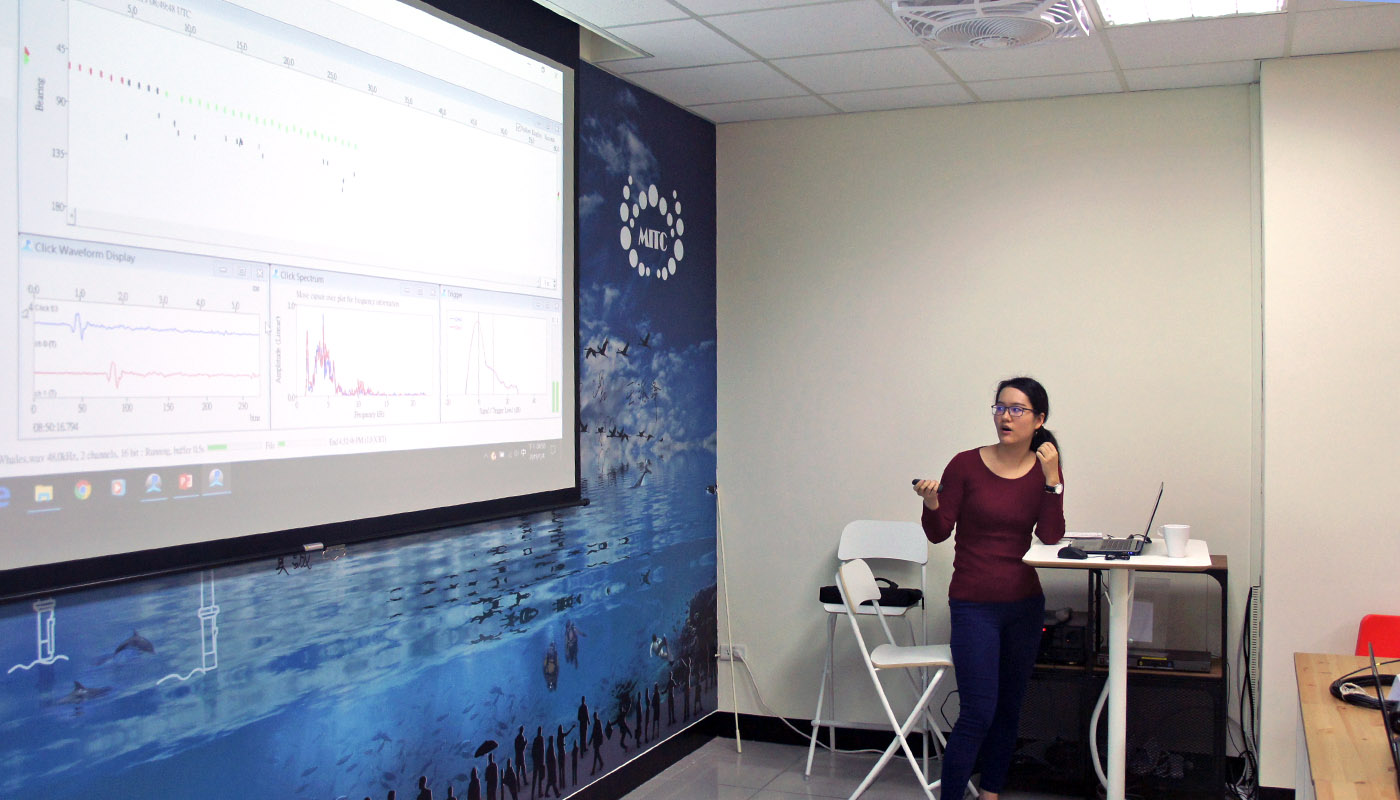
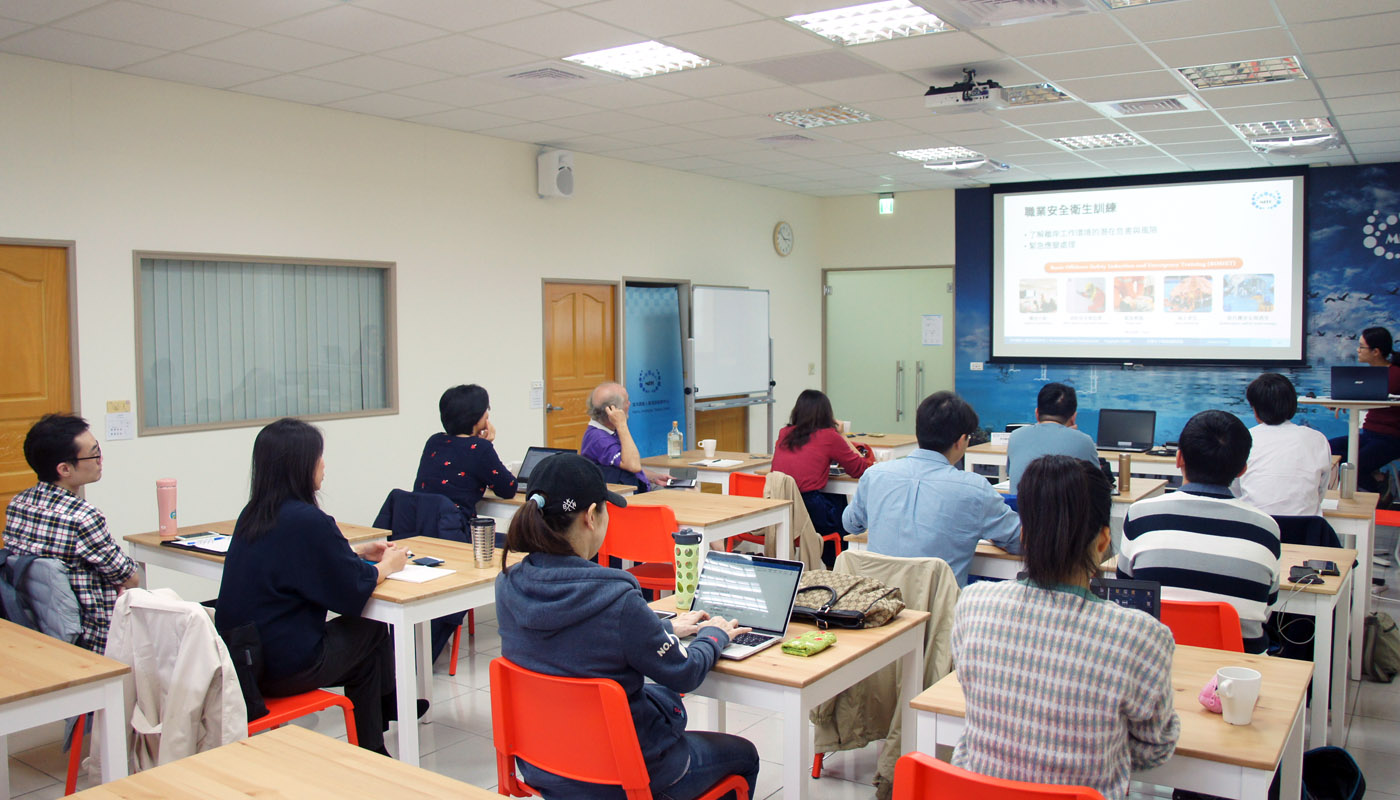
Underwater Noise Monitoring Training Course
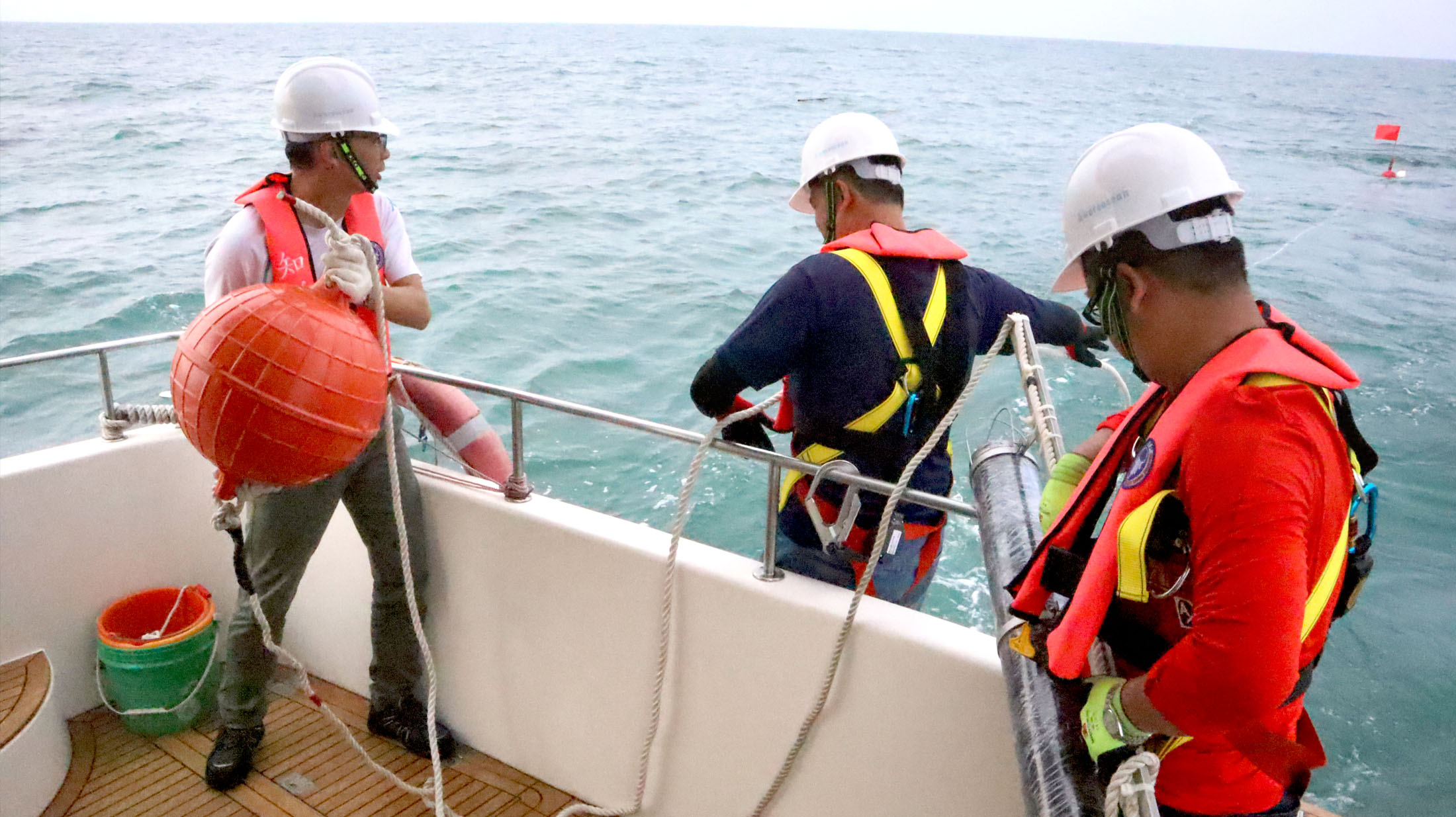
• Impacts of underwater anthropogenic noise
• Measurement of underwater noise
• Instrument calibration and operation
• International standard and guidance (StUK4、ISO18406、NIEA P210.21B)
• Underwater noise data analysis
The course provides expertise in underwater noise measurement and important monitoring guidance to meet the monitoring needs of underwater noise baseline survey, underwater noise monitoring of piling, etc. Trainees who pass the course can work maritime monitoring jobs or do data analysis.
Photos
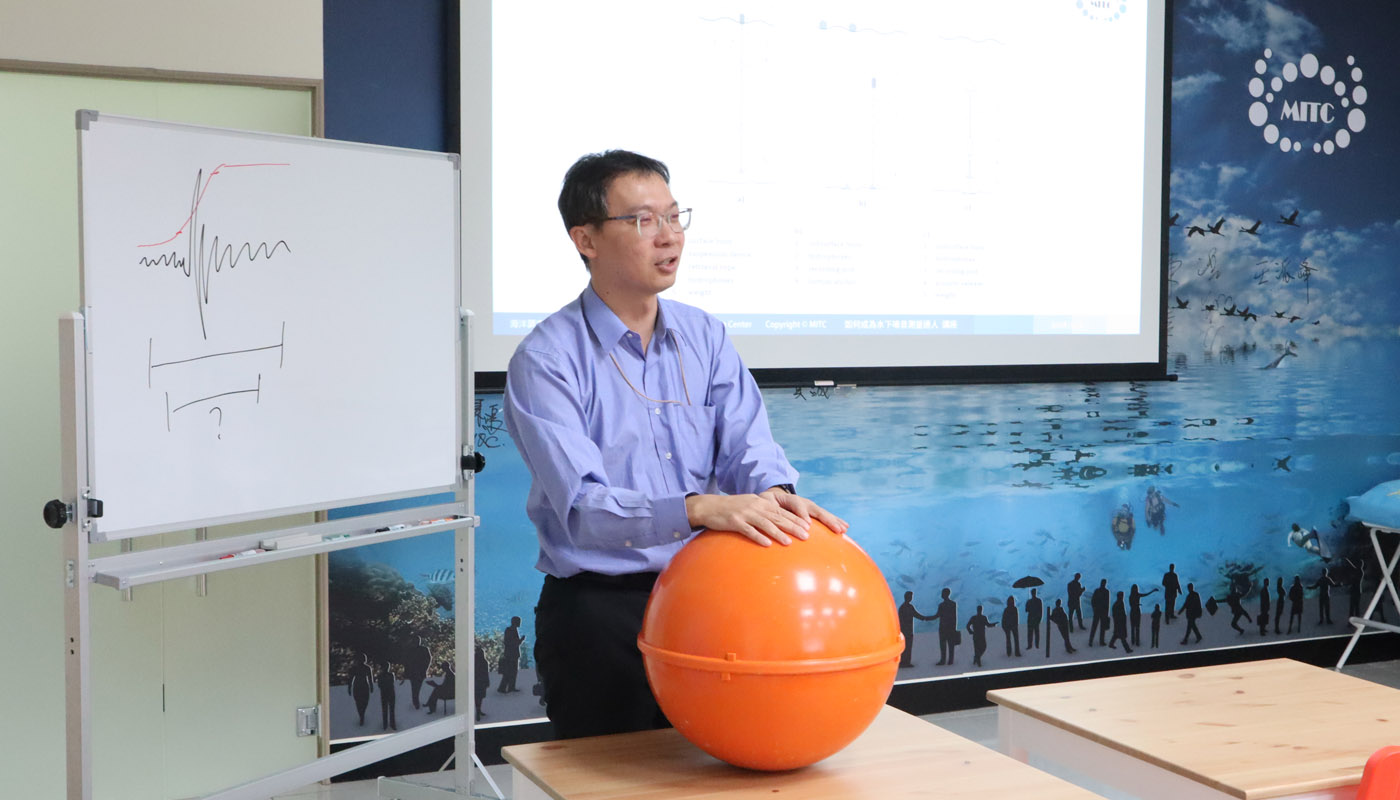
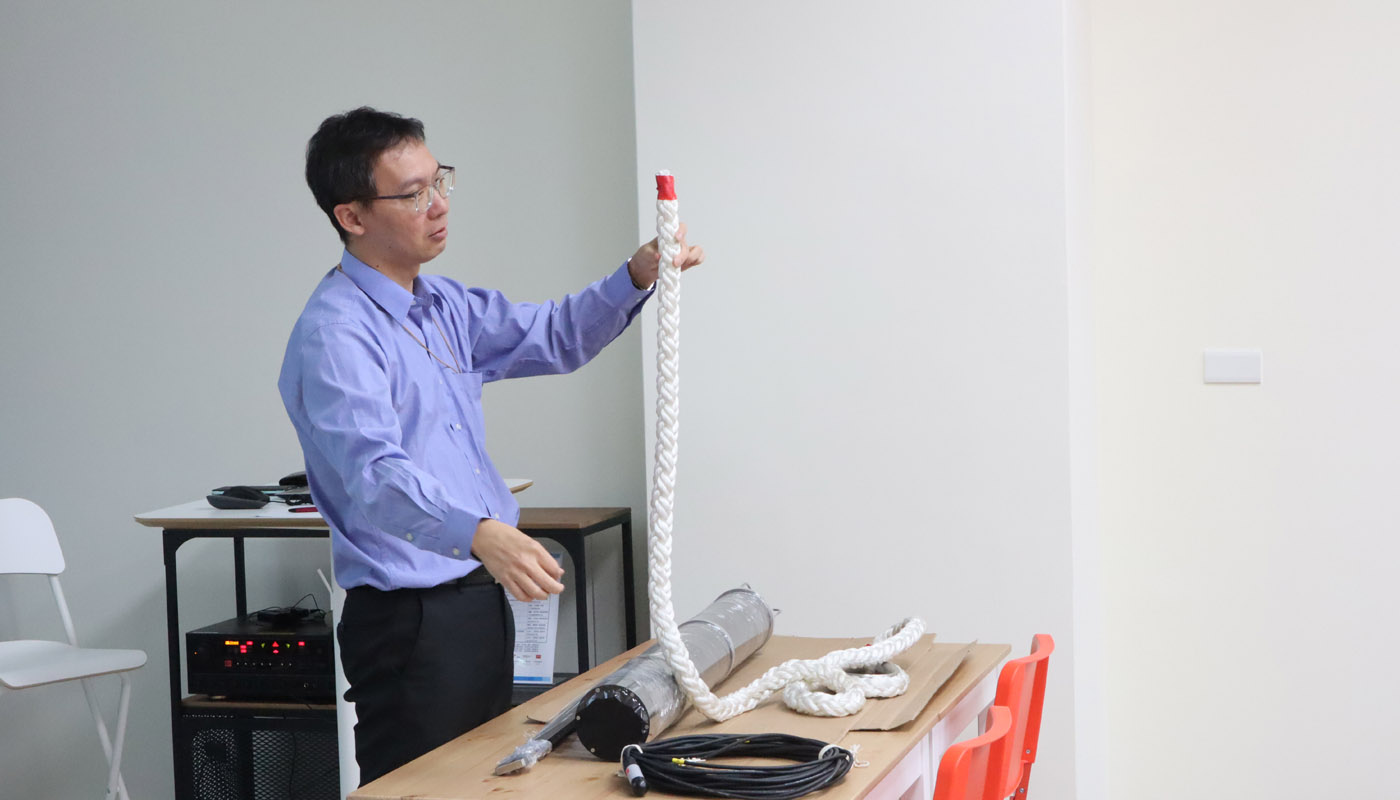
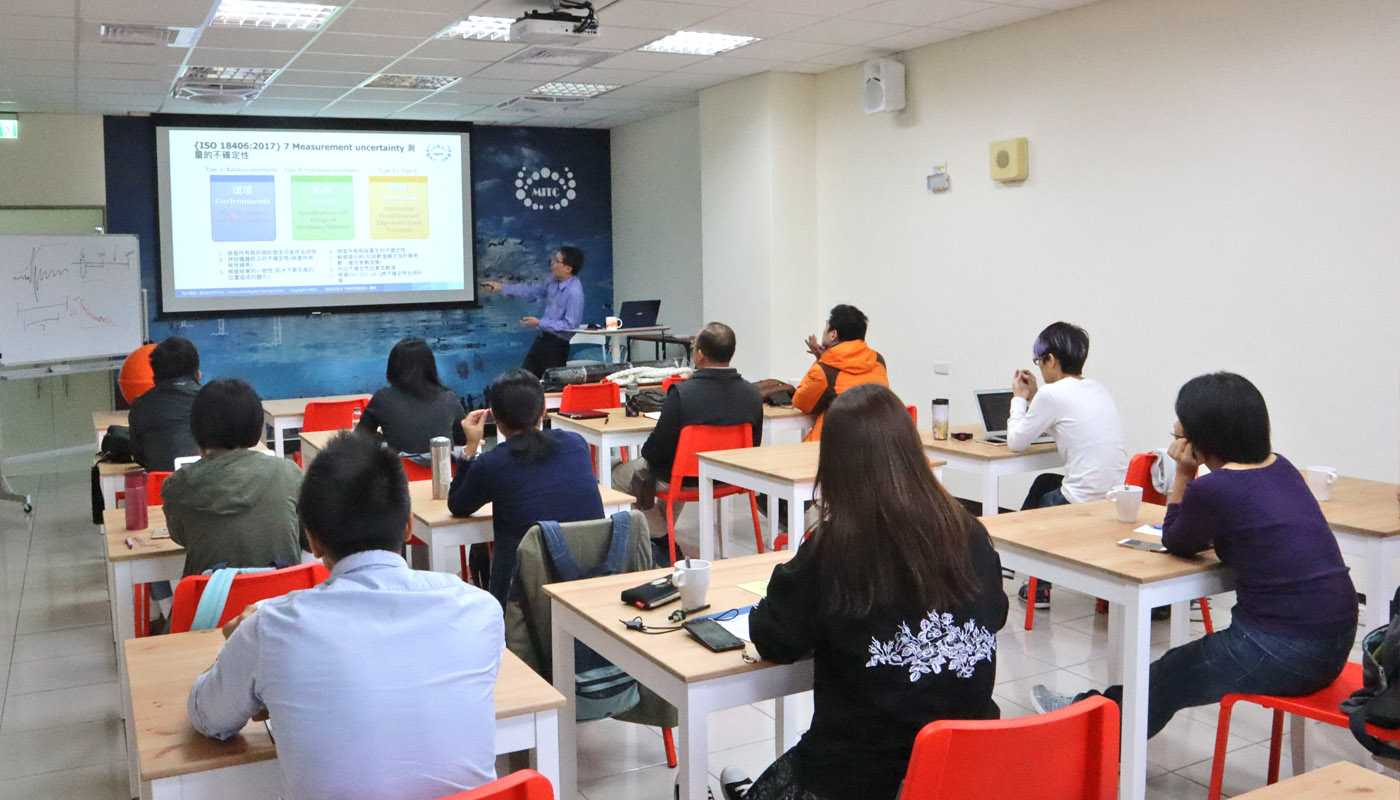
Underwater Noise Assessment Training Course
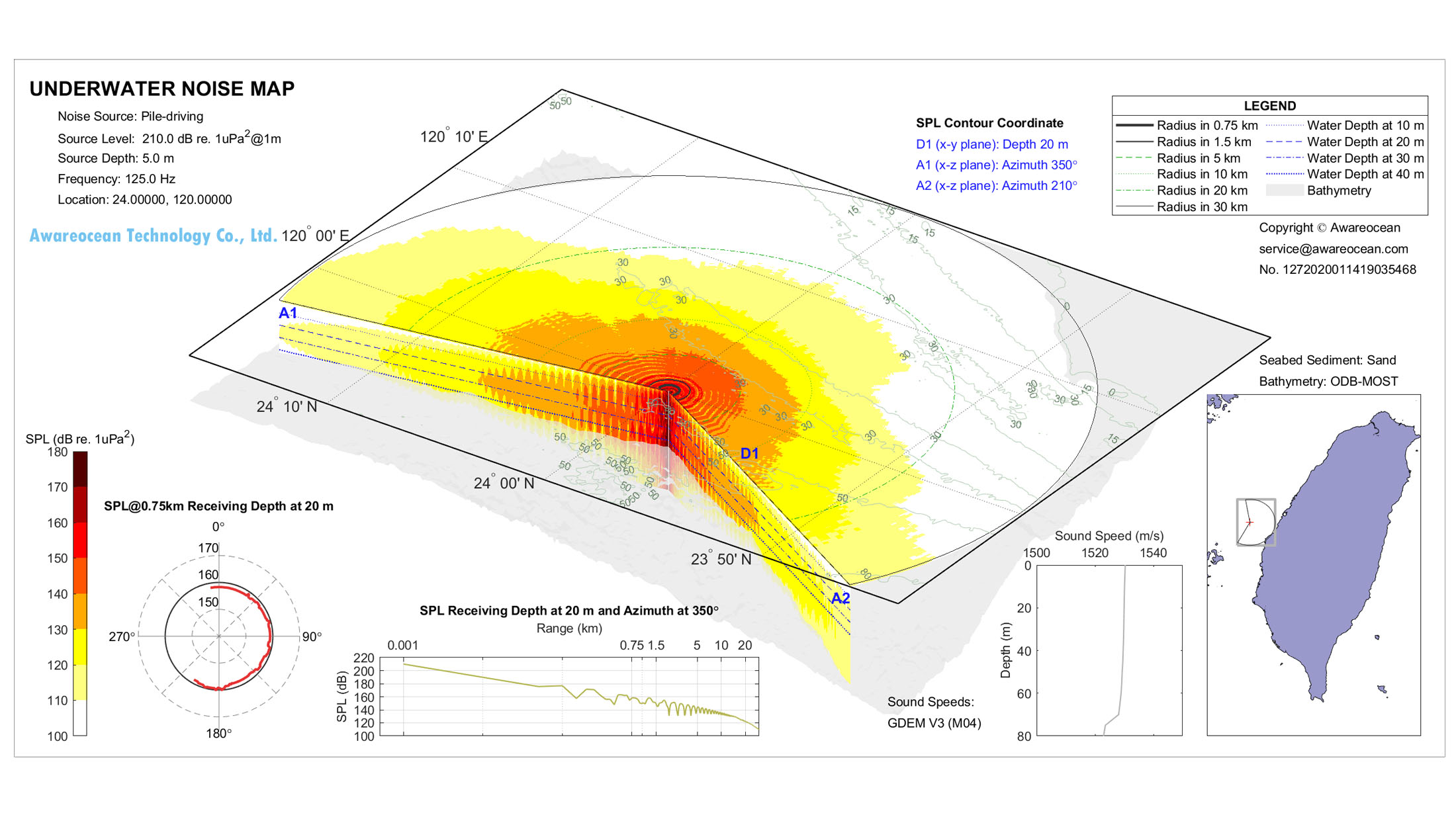
• Numerical modeling of underwater noise
• Underwater acoustic propagation loss modeling
• Analysis of maritime database
• Range estimation for cumulative effects
The course focuses on assessment of underwater noise impacts from piling. Trainees can understand transmission of underwater noise and variation of sound pressure level through underwater noise map, and learn the application of the map.
Agenda
| Time | Content | |
|---|---|---|
| 09:00 – 09:30 | Registration | |
| 09:30 – 10:30 | Underwater acoustics theory Calculation of underwater noise |
|
| 10:30 – 10:50 | Break | |
| 10:50 – 12:00 | Source levels estimation for piling Underwater noise reduction |
|
| 12:00 – 13:00 | Lunchtime | |
| 13:00 – 14:10 | Underwater acoustic propagation loss modeling | |
| 14:10 – 14:30 | Break | |
| 14:30 – 15:30 | Sound exposure level calculation for cumulative effects | |
| 15:30 – 16:00 | Discussion |
Awareocean reserve all rights to change.
Photos
